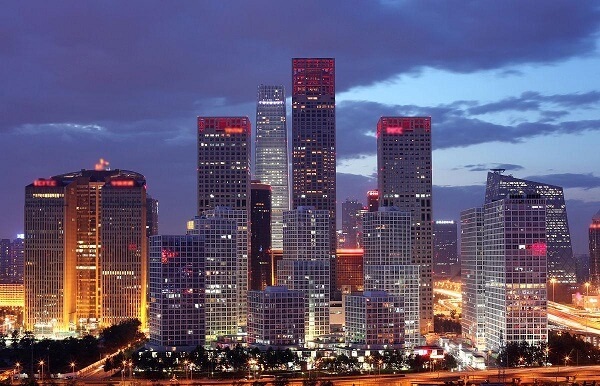Space Shuttle vs. Airplane: A Look at the Design Differences
The development of spacecrafthas always been a fascinating area of human endeavor, pushing the boundaries of technology and engineering.One such marvel is the space shuttle, a reusable spacecraft capable of reaching Earth orbit and returning safely. But what distinguishes a space shuttle from a regular airplane, and whatunique challenges do engineers face when designing such a complex vehicle?
To understand the differences, we can look at the recent interview with Fang Yuanpeng, thechief designer of China’s Haolong cargo space shuttle. In an interview with the Global Times, Fang highlighted the crucial differences between designing for the Earth’s atmosphere and the harsh environment of space.
Beyond the Atmosphere: The Challengesof Spaceflight
The most fundamental difference lies in the operating environment. While airplanes fly within the Earth’s atmosphere, space shuttles venture beyond, into the vacuum of space. This transition presents several unique challenges:
- AerodynamicDrag: Airplanes rely on aerodynamic forces for lift and control. In the thin atmosphere of space, aerodynamic drag is significantly reduced, requiring different design approaches for stability and maneuverability.
- Thermal Control: The extreme temperature variations in space, ranging from the scorching heat of the sun to the frigid depths ofshadow, necessitate sophisticated thermal control systems to protect the shuttle and its payload.
- Radiation Shielding: Space is filled with harmful radiation, which can damage electronics and pose risks to astronauts. Space shuttles require robust radiation shielding to protect their occupants and sensitive equipment.
- Microgravity: The absence of gravityin space requires special considerations for crew comfort, fluid management, and the operation of onboard systems.
Engineering for Dual Environments
To overcome these challenges, space shuttle designers must consider both aviation and aerospace principles. Fang Yuanpeng emphasizes that the design of the Haolong shuttle incorporates elements from both fields.
*Aerodynamic Design: While the shuttle’s design prioritizes spaceflight, it still needs to be aerodynamically efficient for atmospheric re-entry. This involves careful shaping of the fuselage and wings to minimize drag and ensure a controlled descent.
* Thermal Protection System: Space shuttles utilize specialized heat shields, often made of ceramic tiles, to withstand the intense heat generated during re-entry. These shields protect the shuttle’s structure and prevent catastrophic failure.
* Life Support Systems: Space shuttles must provide a controlled environment for astronauts, including oxygen, water, and temperature regulation. These life support systems arecritical for extended missions and crew safety.
* Orbital Maneuvering: Space shuttles require propulsion systems to reach orbit, dock with space stations, and perform other maneuvers in space. These systems are distinct from the engines used for atmospheric flight.
A Balancing Act: The Complexity of Space Shuttle Design
Designing a space shuttle is a complex and demanding task. Engineers must balance the requirements of both atmospheric flight and space operations, ensuring a safe and reliable vehicle. This involves:
- Material Selection: Space shuttles require materials that can withstand extreme temperatures, radiation, and the stresses of launch and re-entry.
*System Integration: Numerous systems, including propulsion, thermal control, life support, and communication, must be seamlessly integrated to ensure a functional and safe spacecraft. - Testing and Validation: Rigorous testing, including wind tunnel simulations and ground tests, is crucial to validate the shuttle’s design and ensure itsperformance meets expectations.
Looking Ahead: The Future of Space Shuttles
As space exploration continues, the development of space shuttles will remain a key focus. Advancements in materials science, propulsion technology, and automation are expected to lead to more efficient and capable spacecraft. The Haolong cargo shuttle,with its focus on reusability and cost-effectiveness, represents a significant step forward in this field.
Conclusion:
The design of a space shuttle is a testament to human ingenuity and engineering prowess. It requires a deep understanding of both aviation and aerospace principles, coupled with a commitment to safety and reliability. As weventure further into space, the development of advanced space shuttles will continue to play a vital role in our exploration of the cosmos.
Views: 0
